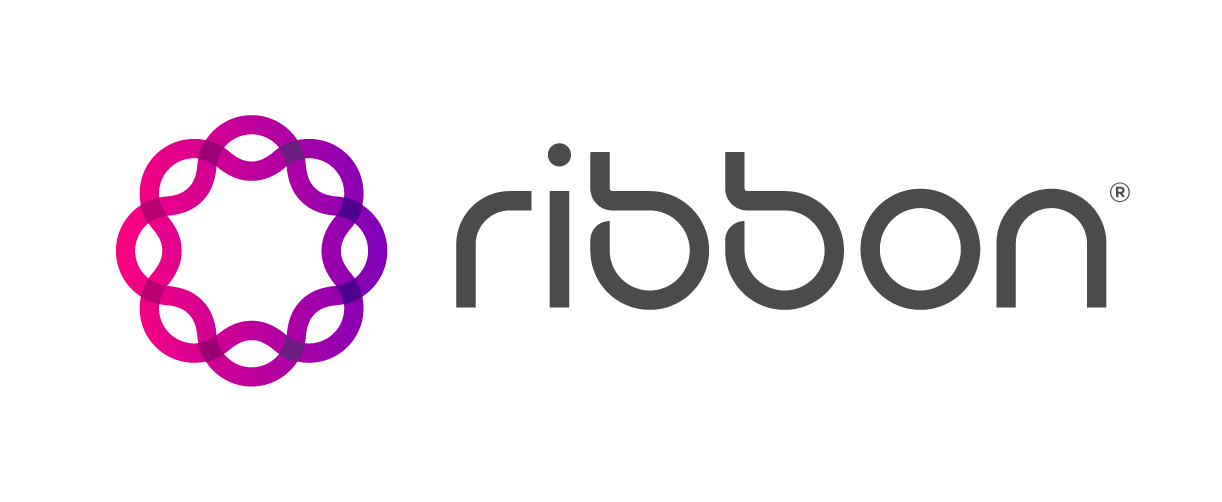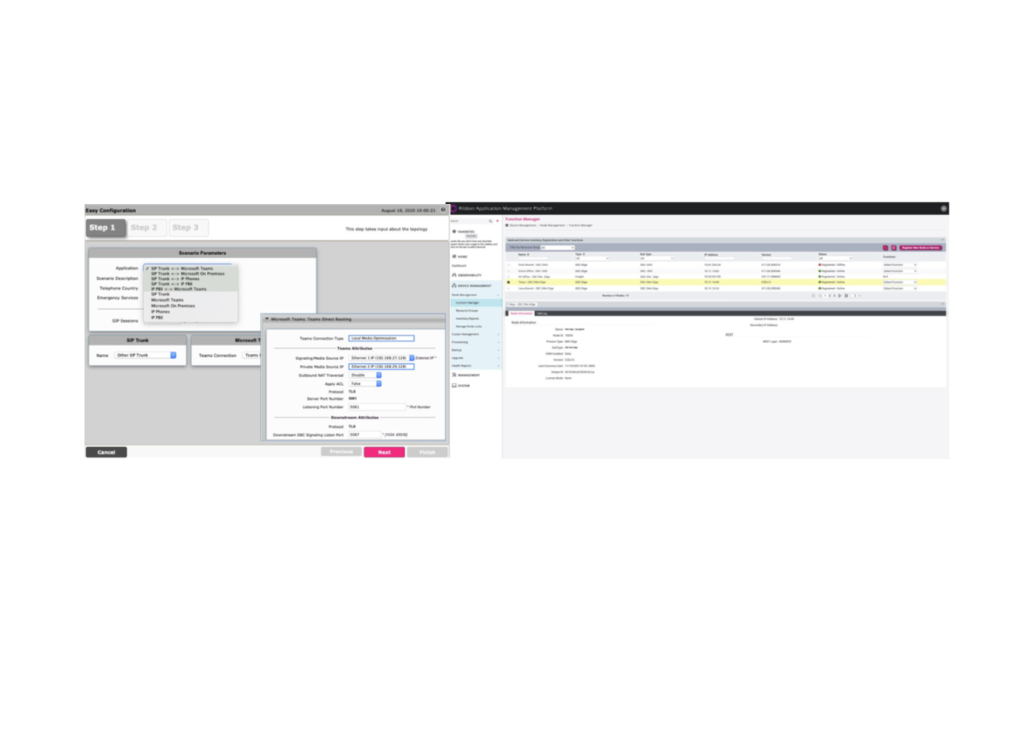Ribbon SBC Software Edition (SBC SWe)
With SBC SWe, enterprises can be assured they can use secure real-time communications without compromising scale and performance. Enterprises further save by only allocating virtual/cloud resources on demand. The enterprises have the flexibility to deploy in their SBCs multiple environments – their own data center, on their own private cloud, or utilize a public cloud.



